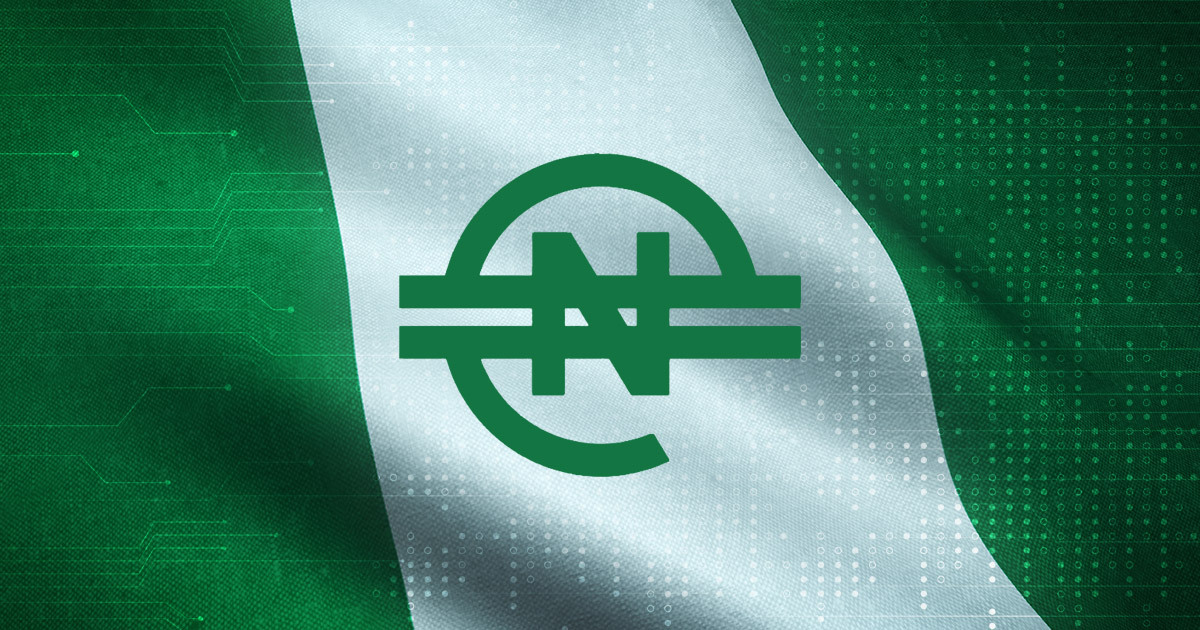
The eNaira, over a year old, has made significant progress in Nigeria, but the IMF highlighted some concerns regarding its slow adoption.
The International Monetary Fund (IMF) published a new report with its findings from one year of operations of the eNaira. It lauded the successful year for the central bank digital currency (CBDC) of Nigeria but suggested some improvements to increase the adoption of the CBDC in the country.
Nigeria took the initiative to launch the world’s second CBDC, the first being the Bahamian Sand Dollar. While the new paper of the IMF noted that the Central Bank of Nigeria had launched the eNaira in phases, it had no latency problem.
On the other hand, the IMF stated how adoption was low for the eNaira, and that transactions for the recorded period had only numbered 802,000.
“Like any network products with similar traits (e.g., credit card), breaking the initial low adoption equilibrium requires a mix of clever strategies and luck. eNaira would also need to compete with the far-more established incumbent networks (e.g., mobile money)—which provides broadly the same service at the retail level,” mentioned the paper of the IMF.
Researchers echoed how the eNaira wallets could be received by international money transfer operators to enable direct remittances. The paper also outlined some other suggestions, such as using these wallets along with mobile money operators for social payments. It could likely increase adoption by improving the social cash transfer system.
Merchant adoption of the eNaira was another recommendation of the IMF paper, while it also cautioned on staying vigilant on financial and monetary stability effects.

